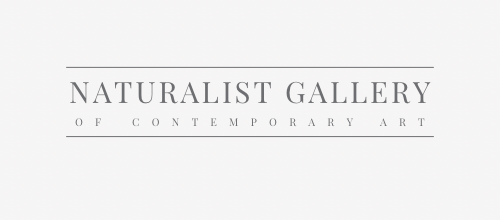The world of contemporary art is undergoing a revolutionary transformation, with Non-Fungible Tokens (NFTs) at the forefront. NFTs are reshaping the landscape, offering new avenues for artists to express themselves and for collectors to engage with art in a digital age.
Explore our curated selection of contemporary artists from around the globe.
Naturalist Gallery offers artist representation internationally. Apply your art.
The Artist's Perspective
Artists are embracing NFTs for several reasons, from exploring new creative territories to securing their digital rights. For instance, Penny Slinger utilizes NFTs to lend digital weight to her art, much like she embraced the outsider status of analog collage in the 1960s. Mark Wallinger sees NFTs as an opportunity to venture into the digital realm, translating the fleeting moments of nature into permanent digital assets.
Digital Challenges and NFT Solutions
The digitalization of art raises questions of authenticity, ownership, and preservation. Historically, digital artists struggled with securing their works against piracy and establishing a system of provenance. NFTs offer a solution by providing a blockchain-backed certification of authenticity and ownership, revolutionizing how digital art is bought and sold. This blockchain technology ensures that each piece of art is unique and cannot be replicated, providing a level of security that was previously unattainable.
Impact on the Art World
NFTs are more than just digital assets; they represent a shift in how we perceive ownership and value in art. The rise of NFTs is compared to the evolution of Conceptual art, redefining the very essence of ownership. They challenge traditional models by allowing artists to maintain rights over their work and receive a share from secondary sales, something previously unheard of in the traditional art market. NFTs bring to the forefront the idea that ownership can now be tied to a digital token, rather than a physical object.
Institutional Adoption and Public Reaction
Museums and galleries are beginning to explore NFTs as a new dimension of art exhibition and sales. The integration of NFTs into established art institutions indicates a growing recognition of digital art's legitimacy and value. However, this integration is not without its challenges. The complexity of NFTs and the volatile nature of the cryptocurrency market present new hurdles for traditional art institutions. Despite these challenges, NFTs are opening up unprecedented opportunities for artists and providing a new platform for the public to engage with art.
In summary, NFTs are not just a passing trend but a significant development in the art world that bridges the gap between the tangible and the digital. They empower artists, challenge traditional norms, and redefine what it means to own and appreciate art in the modern era. As we continue to navigate this digital revolution, the boundaries of art and ownership are set to evolve in ways we have yet to fully understand.
Learn more About Naturalist Gallery of Contemporary Art.
You may also find the following articles helpful:
The 14 Essential Artists of Impressionism
Expressionism: 20 Iconic Paintings & Their Artists
Renaissance Art: Origins, Influences, and Key Figures
Classical Art Movement: Exploring the History, Artists, and Artworks
Figurative Art: Understanding, Collecting, and Appreciating the Style
Daily Routines of Famous Artists: Learn from the Masters
Top 12 Controversial Artworks That Changed Art History





